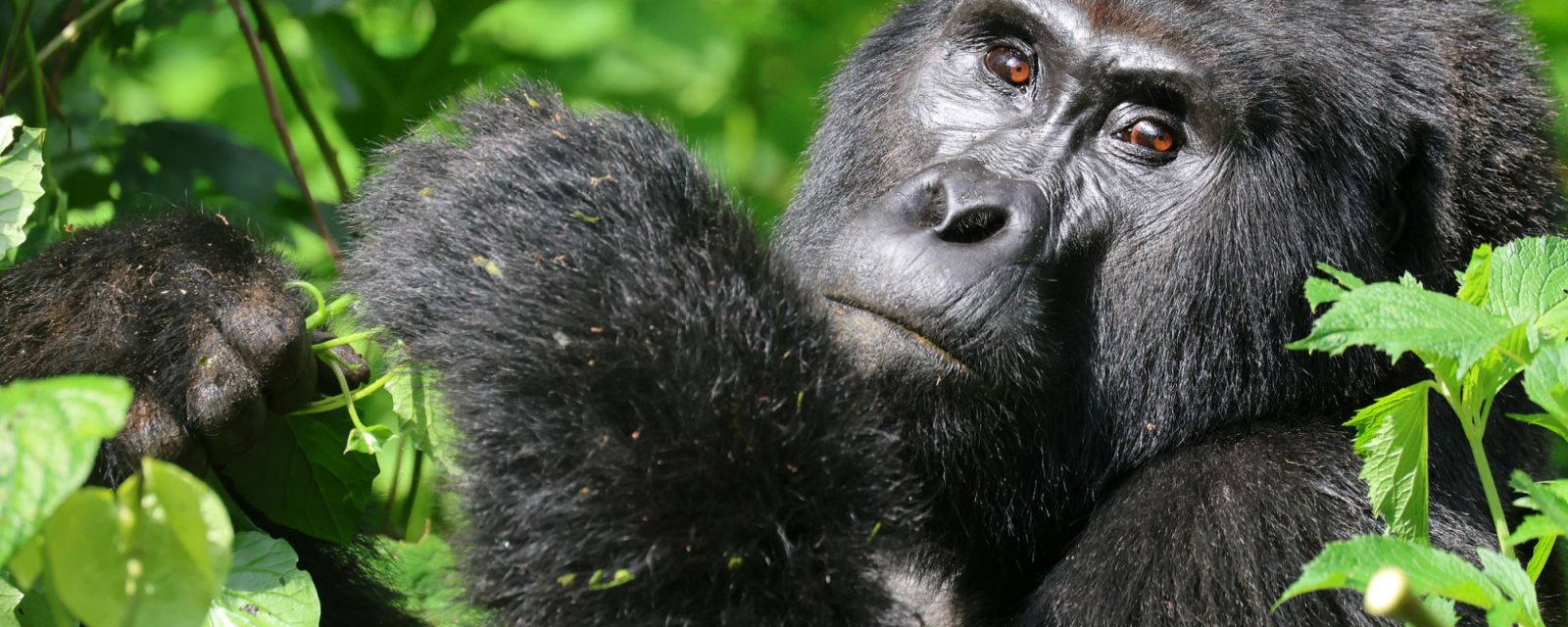Unique Uganda
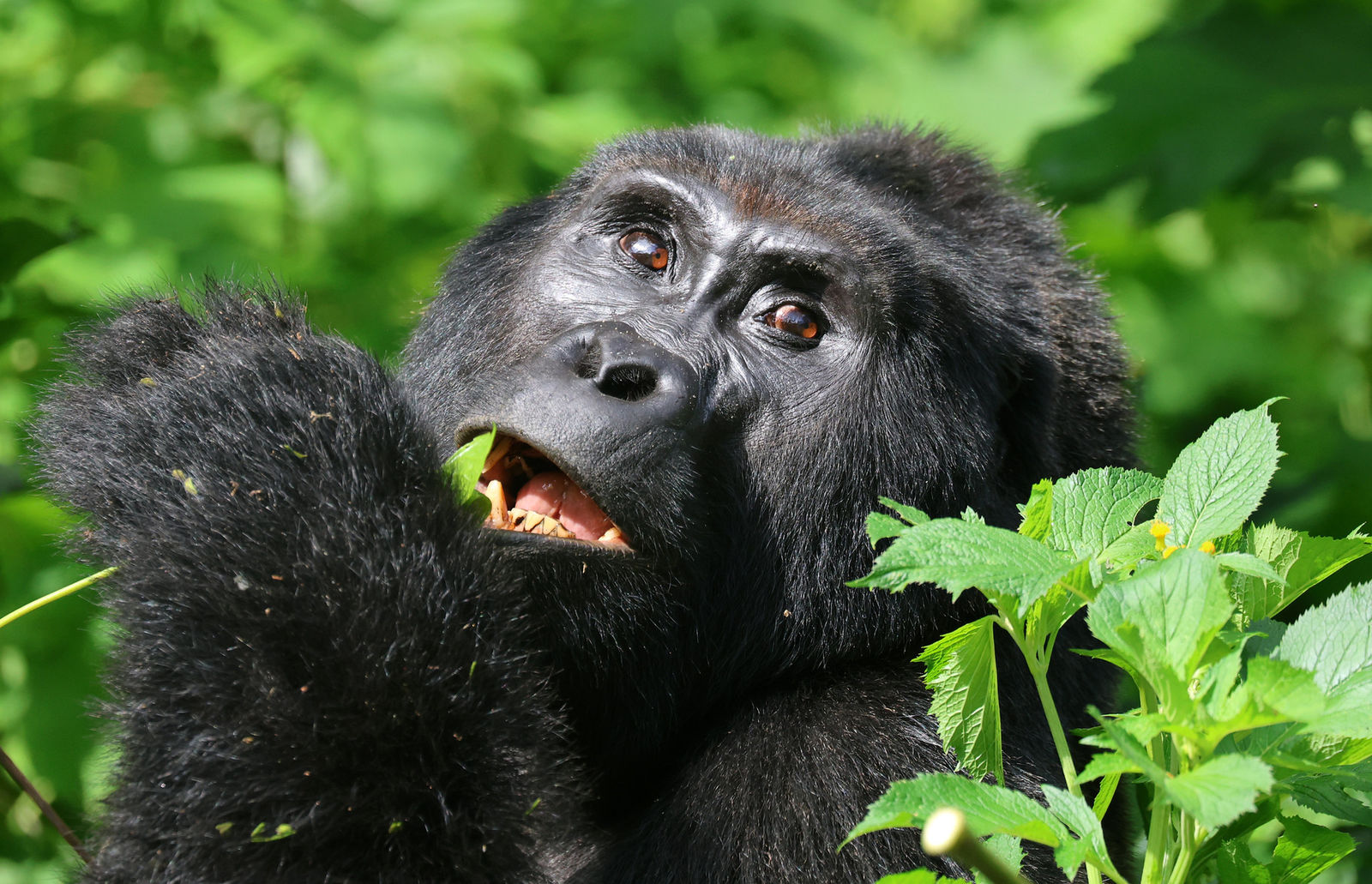
Leaves for breakfast: Mountain gorillas (Gorilla beringei beringei) feed mostly on leaves, bark and vegetation, though they also sometimes eat ants, snails and larvae.
Look a gorilla in the eye in the Bwindi Impenetrable Forest; walk with a family of endangered Rothschild’s giraffes in Lake Mburo National Park; see the world’s weirdest bird, the shoebill stork, and hear its machine-gun call, ak-ak-ak-ak-ak, in the Mabamba wetlands ...
Uganda is a wildlife and bird-lover’s paradise. You’ll see animals here you won’t see anywhere else, like the Ugandan kob, a photogenic antelope of the savannahs that looks a bit like an overweight impala. It’s also one of the best places to see chimpanzees in the wild.
And with over 1 000 species and 30-plus endemic bird species, it’s a place that converts those with a passing interest in birds to avid twitchers. The blue-grey shoebill, so-named for its unwieldy bill that looks like a giant Dutch clog, has a permanent supercilious smirk, and looks like it came straight from the days of the dinosaurs. We saw three different shoebills deep in a swamp, which was lucky, considering there are only 3 300 to 5 300 left, according to BirdLife International.
Go to Uganda and you’re guaranteed to experience life highlights; moments that will live with you forever. You’ll experience the excitement of chimp and gorilla tracking (in different reserves); listen to hippos chortle and spot crocs and buffalos from a boat on the Kazinga Channel in the Queen Elizabeth National Park; and you’ll sip a cold Nile Special lager in a beach bar in Entebbe, with the waters of Lake Victoria gently lapping around you and the many oranges of a Uganda sunset washing over you.
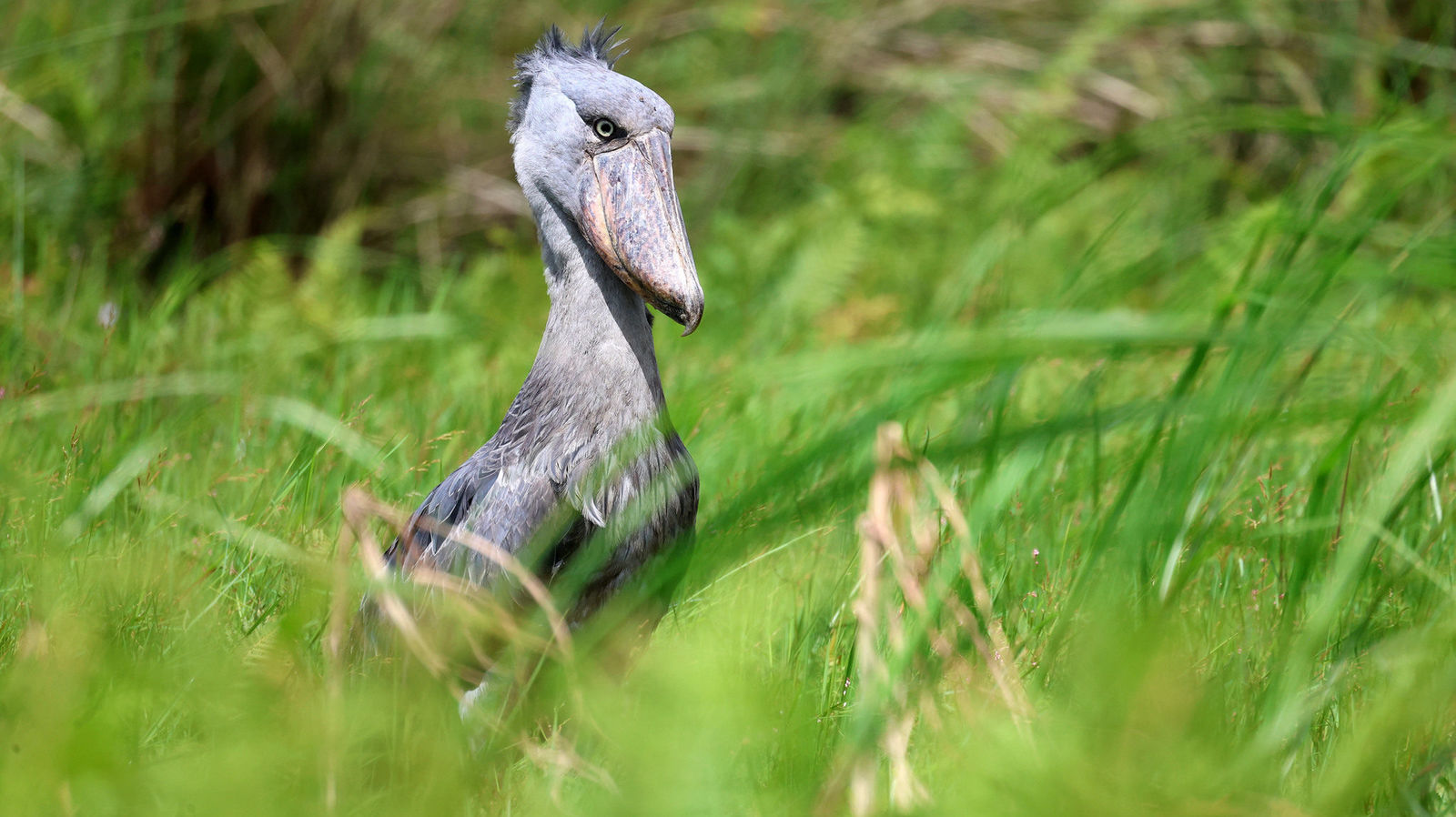
The shoebill (Balaeniceps rex) is a large stork that can stand in one spot for over an hour, fishing for food.
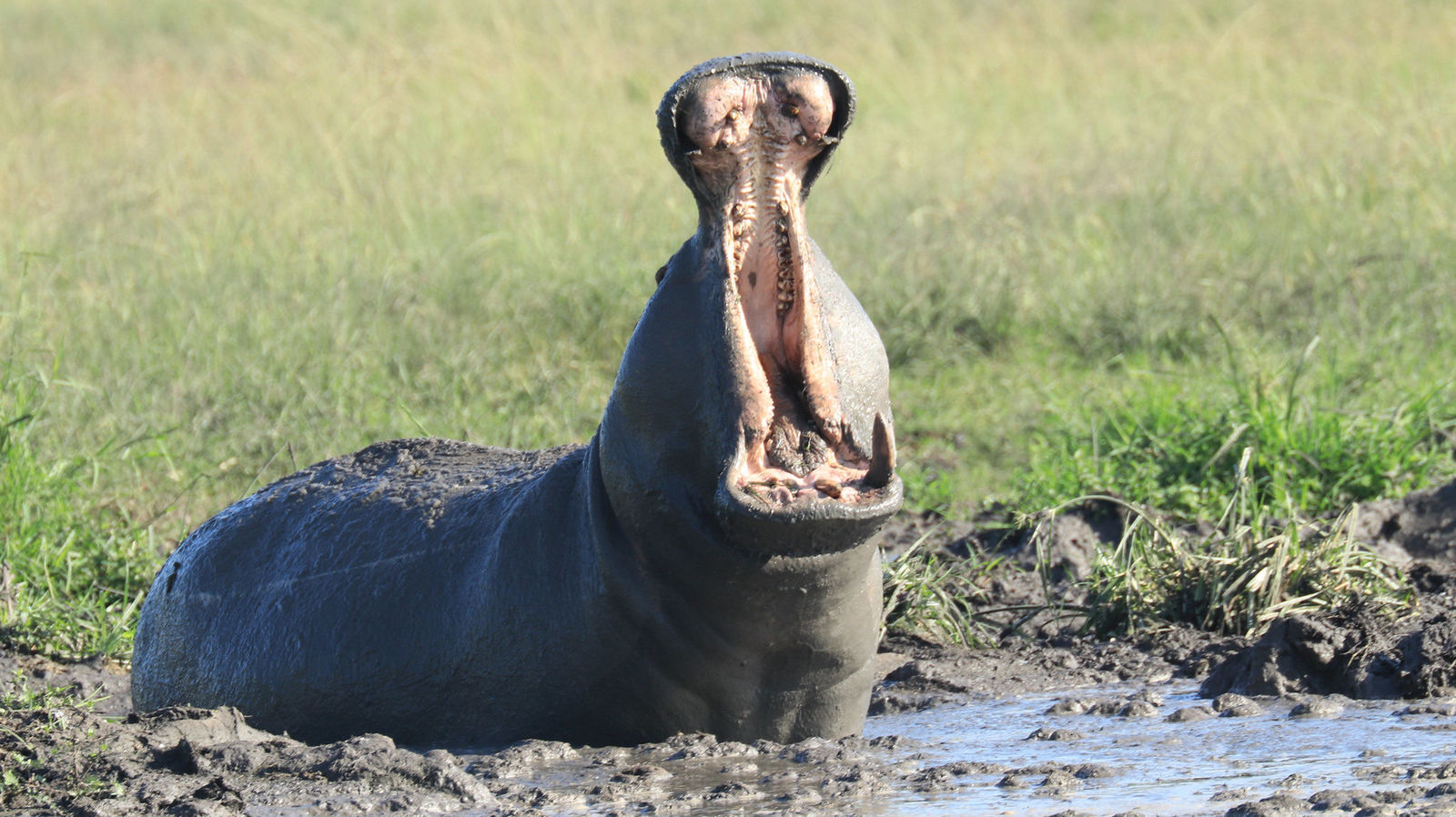
Open wide: A hippo yawns in a territorial display, showing off its impressive mouth.
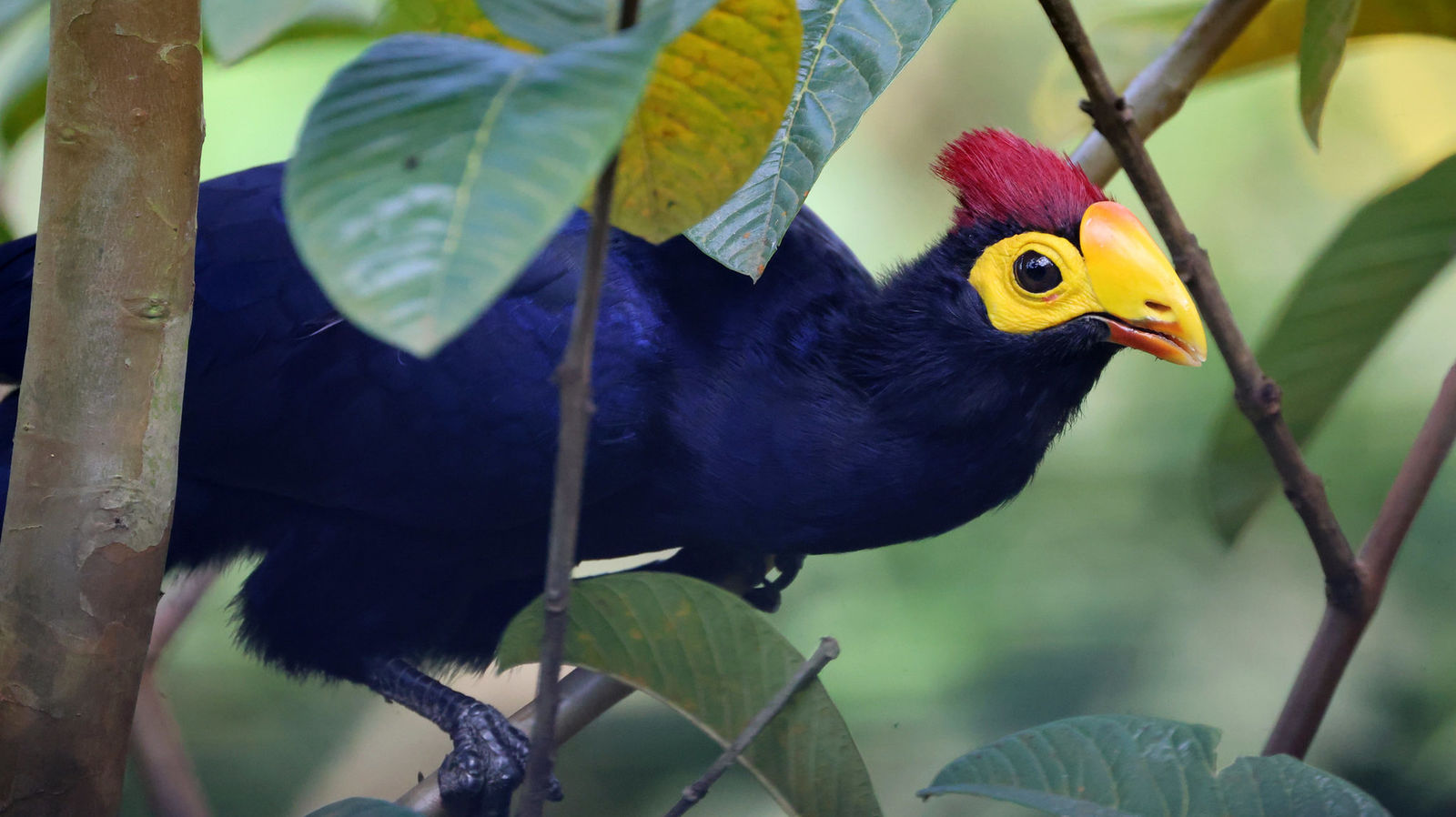
Seed spreader: Ross’s turaco (Tauraco rossae) is frugivorous, and an excellent pollinator of fruits and flowers.
But Uganda is also a place of many lows. More than a quarter of Ugandans live in poverty. The harshness of the life of ordinary people, who are friendly and generous though they have nothing, will sadden you. The destruction of Uganda’s natural habitat will, too. Its biodiversity is under severe threat as its fast-growing population clears the landscape for farming.
And its human rights record is atrocious, similar to other countries in the region like Tanzania. There is limited media freedom, political opposition to President Yoweri Museveni (who has been in power for nearly 40 years) is suppressed and while Uganda is a democracy in name, patronage, voter fraud and bribery are rife. In my first few minutes in Uganda, an immigration officer told me he was “hungry” – a euphemism for a bribe (I acted dumb, he told me to wait, and after about 20 minutes, he approved my visa application without a bribe).
Technically, it’s illegal to be gay in Uganda. In a move many would deem an appalling contravention of human rights, Museveni signed a law in May 2023 that stipulates life imprisonment for anyone convicted of homosexuality and even the death penalty for “aggravated homosexuality” – defined as same-sex acts with children, HIV-positive people, disabled and other vulnerable people. Several tour guides told me it would be fine for anyone who is LGBTQI+ to visit Uganda as a tourist and that lodges would happily welcome them (“as long as they didn’t actively solicit Ugandans”, one guide explained).

Oil mining has already commenced inside Murchison Falls National Park, Uganda's larget national park.
Uganda’s environmental record isn’t much better. Oil has been discovered in the Lake Albert area, and Africa’s longest pipeline, the East African Crude Oil Pipeline, is currently being constructed. It will span over 1 400km Uganda and Tanzania to the port of Tanga, where it will be exported. It's scheduled to open in 2027, and will pump hundreds of thousands of barrels of oil a day.
Developed by the French and Chinese, the project has been condemned by environmental and human rights groups since its inception in 2017. Its construction has already deeply impacted protected areas critical for biodiversity like the Murchison Falls National Park, the Taala Forest Reserve, the Bugoma Forest, and the Biharamulo Game Reserve.
But back to looking a gorilla in the eye. There are only about 1 000 mountain gorillas left in the world, and Uganda’s Bwindi Impenetrable Forest (which is aptly named due to its very dense foliage) is one of the best places to see them. The park fee in Uganda is $700, about half the price it is in Rwanda, in a different part of the same forest. The forest also falls into the eastern Democratic Republic of Congo (DRC), where you can see gorillas in the Virunga National Park, but the DRC is notorious for crime and warring factions, so may be best avoided at the moment.
Let me tell you about my experience of seeing gorillas in the wild. You enter the park early, attend a briefing, and a small group of humans (seven tourists in my case) is assigned to a family of habituated gorillas. “Habituated” doesn’t mean tame, just a little more used to humans than others, and that they are not as likely to move away at top speed when you approach. You then go out to find your family, with expert trackers and rangers leading the way.

A female gorilla chewing on a piece of invasive eucalyptus.
We found our family relatively quickly, after just half an hour or so of walking along jungle paths, with our rangers hacking the way with machetes through the lush vegetation when it became too thick. (Not everyone is as lucky as we were, and sometimes people have to hike for hours to see gorillas.) We found our family of eight feeding on leaves and vines in a clearing, in bright sunshine, and I immediately started taking photographs. The alpha male, a huge silverback, was feeding a few metres from me and as I took photos, he calmly walked up to me and grabbed me behind my left knee, so I quickly collapsed in a heap on the ground. He was neither aggressive nor playful, but was just letting me know who was boss. (At over six feet tall, about 180kg and 10 times stronger than a human, I hadn’t needed reminding he was boss!) He didn't hurt me, and as the family around me continued to feed peacefully, I snapped away, taking hundreds of photographs in the hour we were allowed to be with them. I sat a few metres away from a large female who was methodically pulling the bark off a tree trunk and eating it. She held eye contact, and looked indescribably human. I felt guilty for what humanity has done to her species.
I wasn’t prepared for the soulfulness of the experience of seeing gorillas in the wild. It was truly one of the highlights of my life.
Yes, Uganda is a place of paradox. It’s a place of beauty and ugliness; richness in biodiversity and poverty; steamy equatorial rainforest in Bwindi and glaciers in the high Rwenzoris, mythologised by early European explorers as the “Mountains of the Moon”. It’s a place where north and south collide, philosophically, culturally, financially and literally – in the little town of Kayabwe, you can stand on the equator, with one foot in the northern hemisphere and one in the southern hemisphere.
In Uganda, the people are as warm as the weather. And as poor as the country is, it desperately needs tourism. Just a few dollars can make a huge difference in someone’s life – for example, the fee to pay a porter (highly recommended) in Bwindi is $20. My porter told me he can only work once a month because there are so many people wanting the job, and they are rotated.
Uganda is truly special. To not visit would be to deprive yourself of an experience you will never forget. Go now, before it’s too late.
__________
How to get there:
You can fly directly from South Africa to Uganda’s main airport, Entebbe, about 40km on a good road from the capital, Kampala, on Airlink. There are also many options if you want to go via Kenya, Rwanda or Tanzania.
To get to Bwindi Impenetrable Forest in western Uganda, you can fly from Entebbe to Kihihi, which is close by, or drive (about 10 hours on rough roads).
What to take gorilla trekking:
A light rain jacket, comfortable hiking boots or shoes and clothes, including light trousers and a long-sleeved shirt, sunscreen and bug spray. You might also want to take light gardening gloves and gaiters to guard against ants.
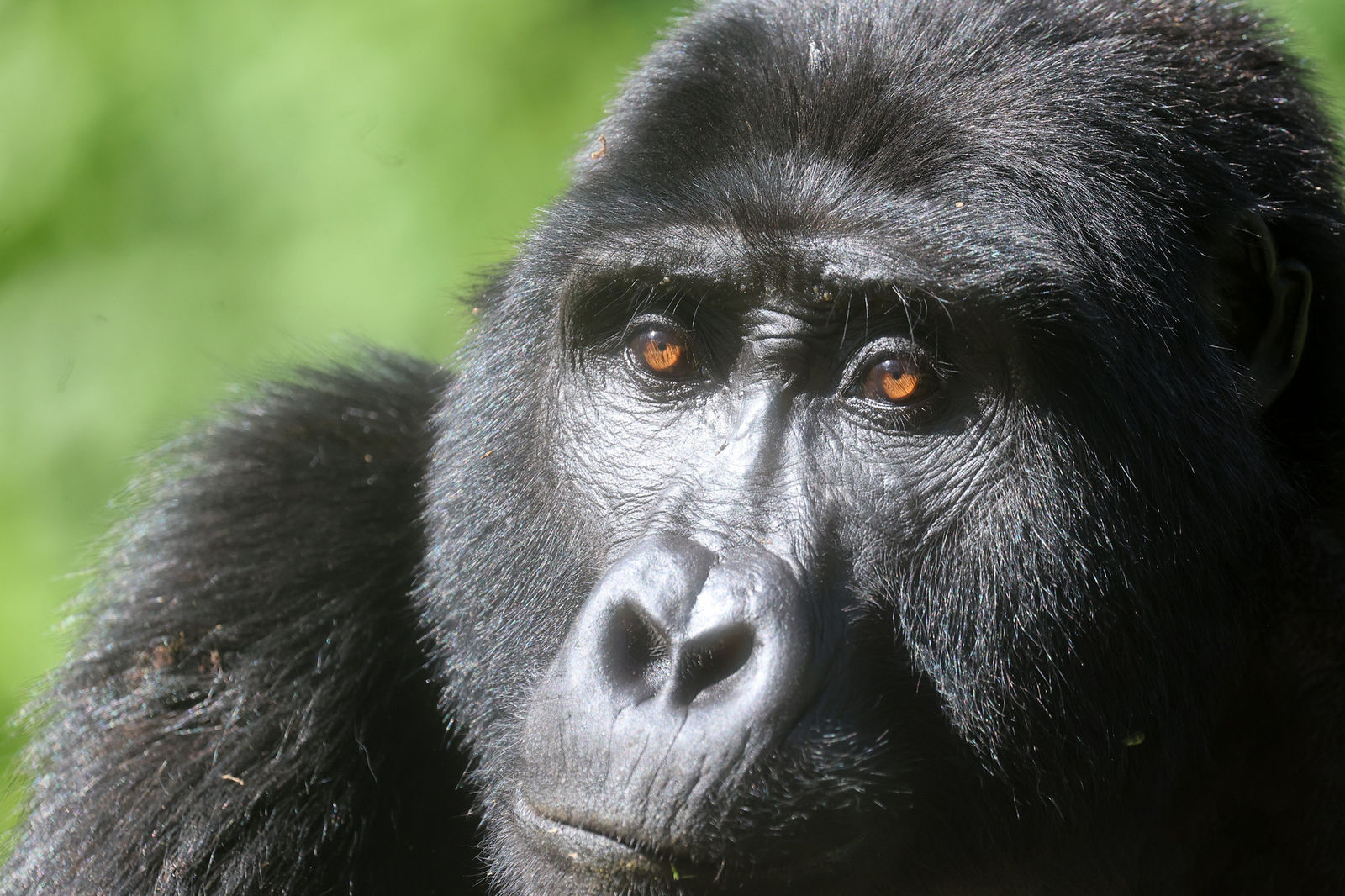
Eyes of a gorilla: Gorillas are human-like in their looks and mannerisms, though chimpanzees are actually more closely related to us.
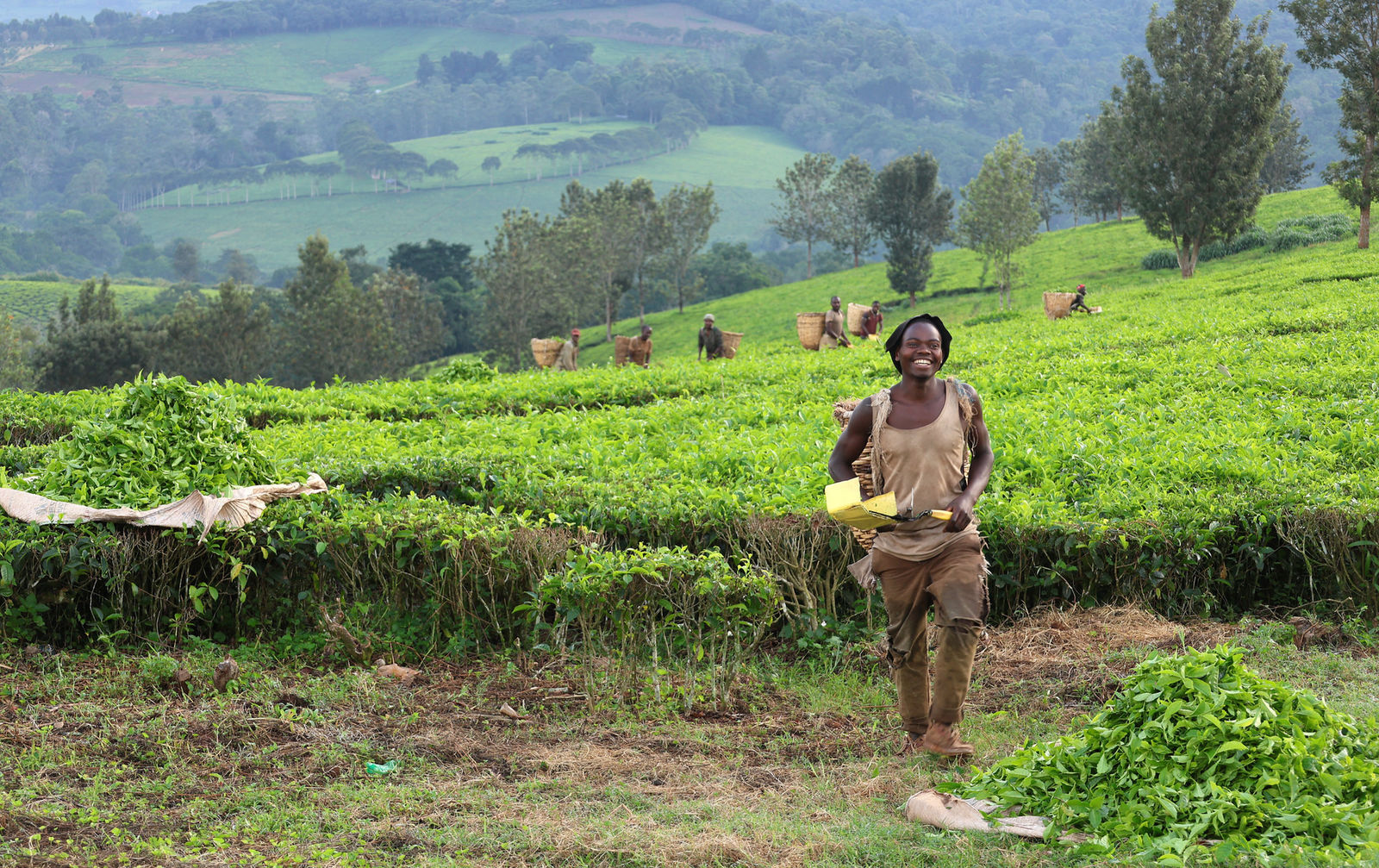
Tea time: Tea plantation, western Uganda.
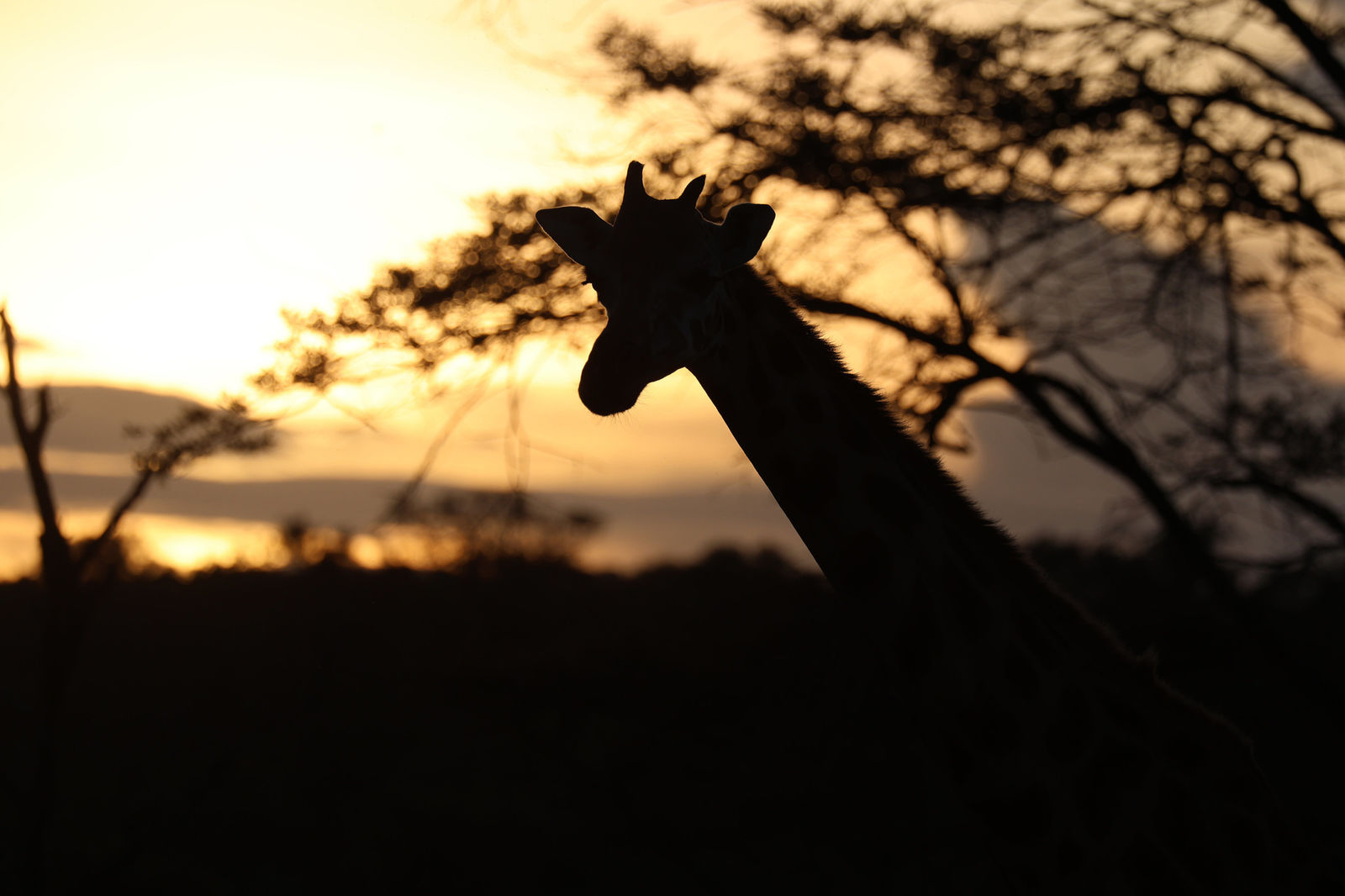
Tall stories: An endangered Rothschild’s giraffe at sunset, Lake Mburo National Park. According to the International Union for Conservation of Nature (IUCN), there are only about 2 000 of these giraffes left.
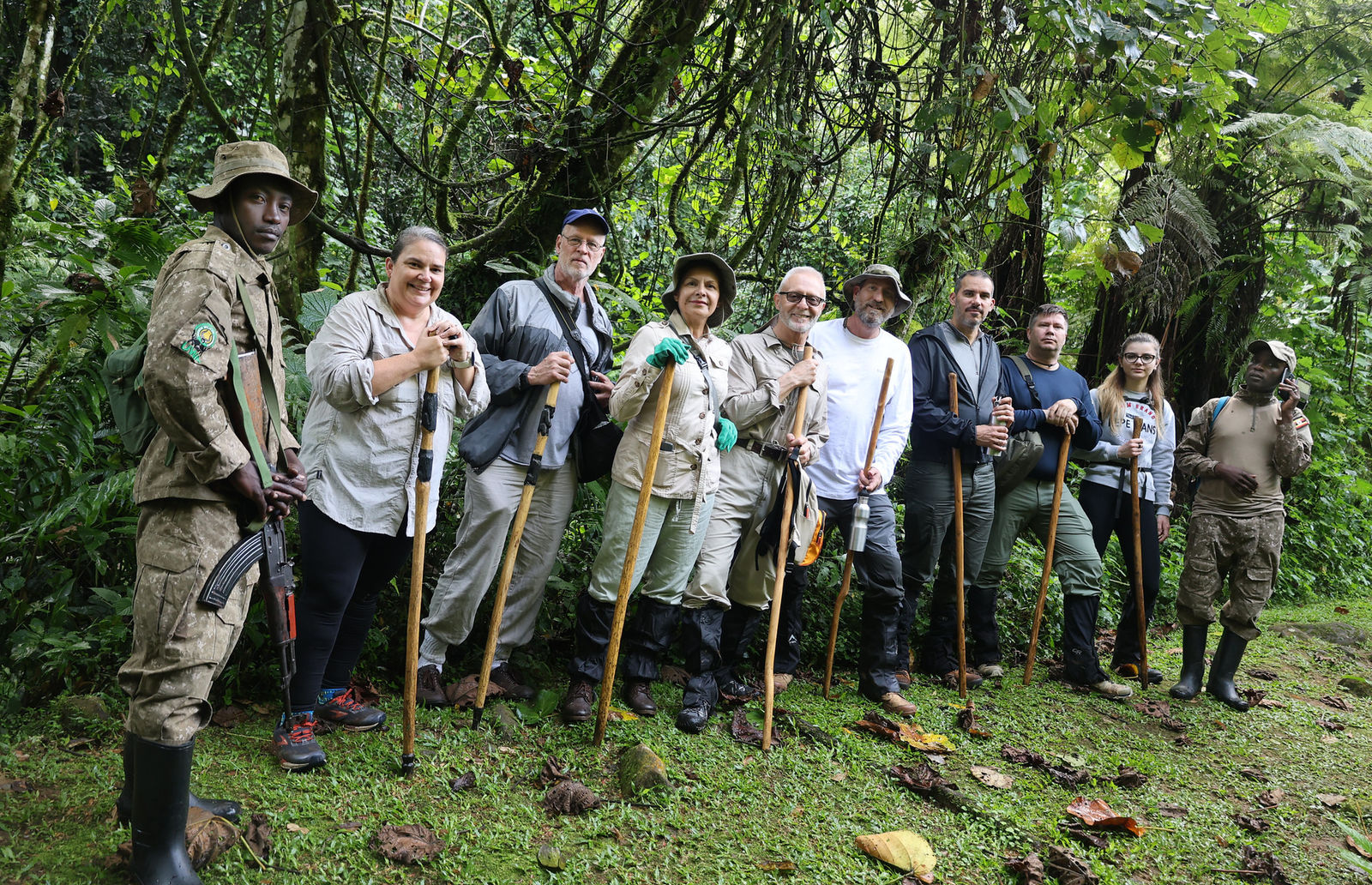
Gorilla trekking: The Bwindi Impenetrable Park (in Uganda and Rwanda) and the Virunga mountains (in the DRC) are the only places in the world you can see wild mountain gorillas.
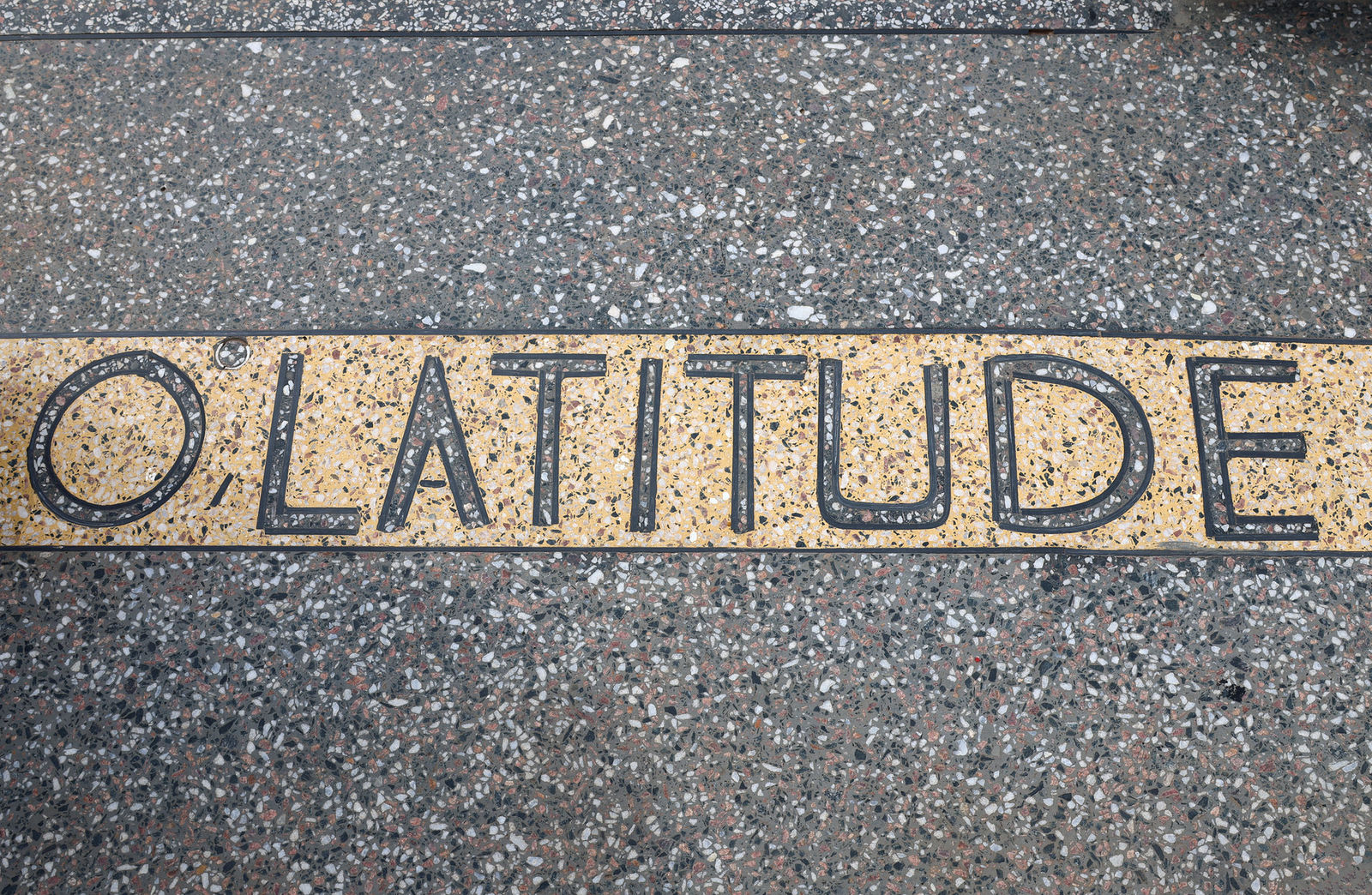
In the middle: The equator runs through Uganda. In the small town of Kayabwe, you can stand with one foot in the Northern Hemisphere and one in the Southern Hemisphere.
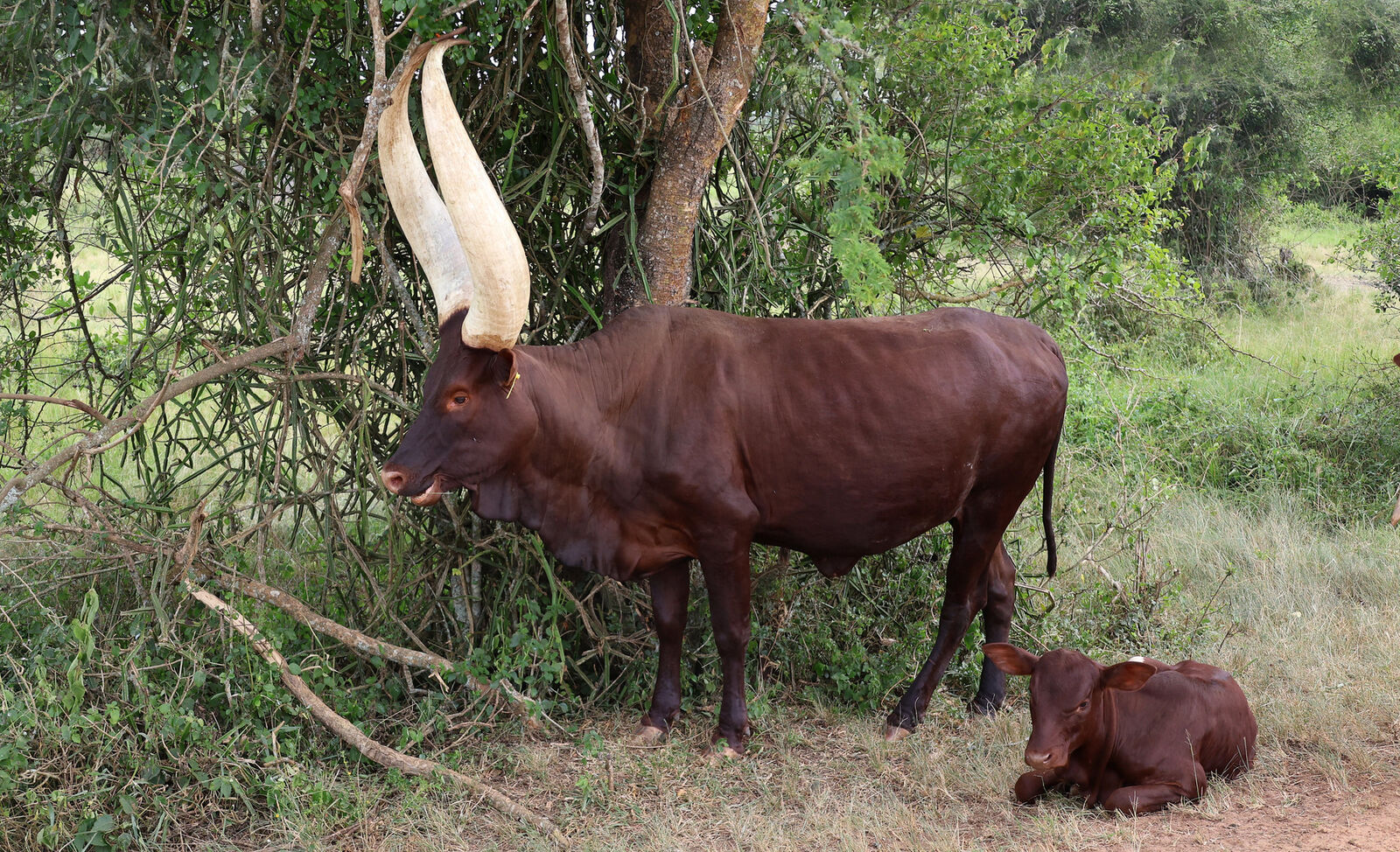
Holy cow! Uganda is famous for its long-horned ankole cattle. They produce lean meat and rich milk, though not in large quantities.
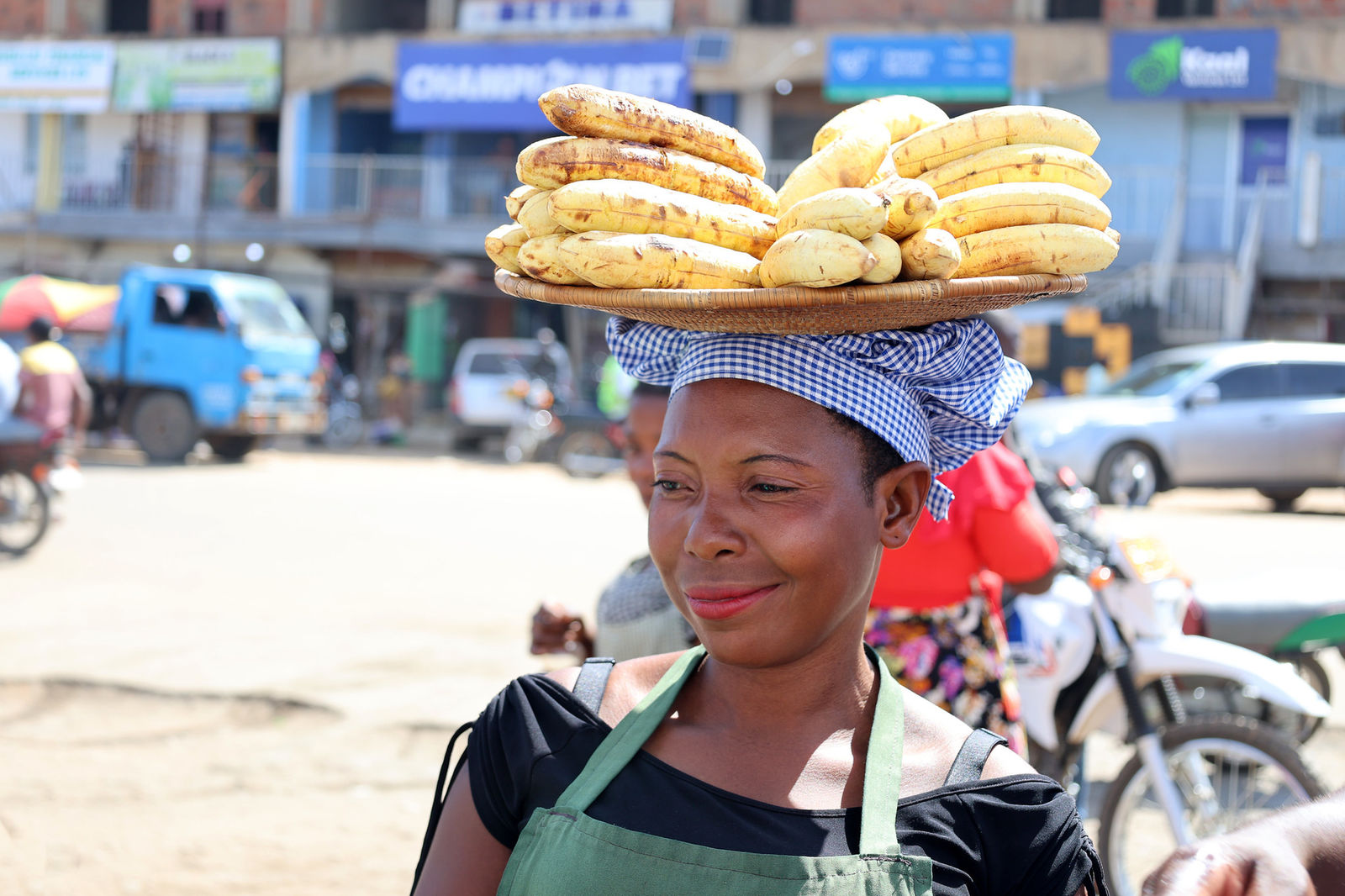
Healthy snack: Vendor selling lightly roasted bananas, Uganda.
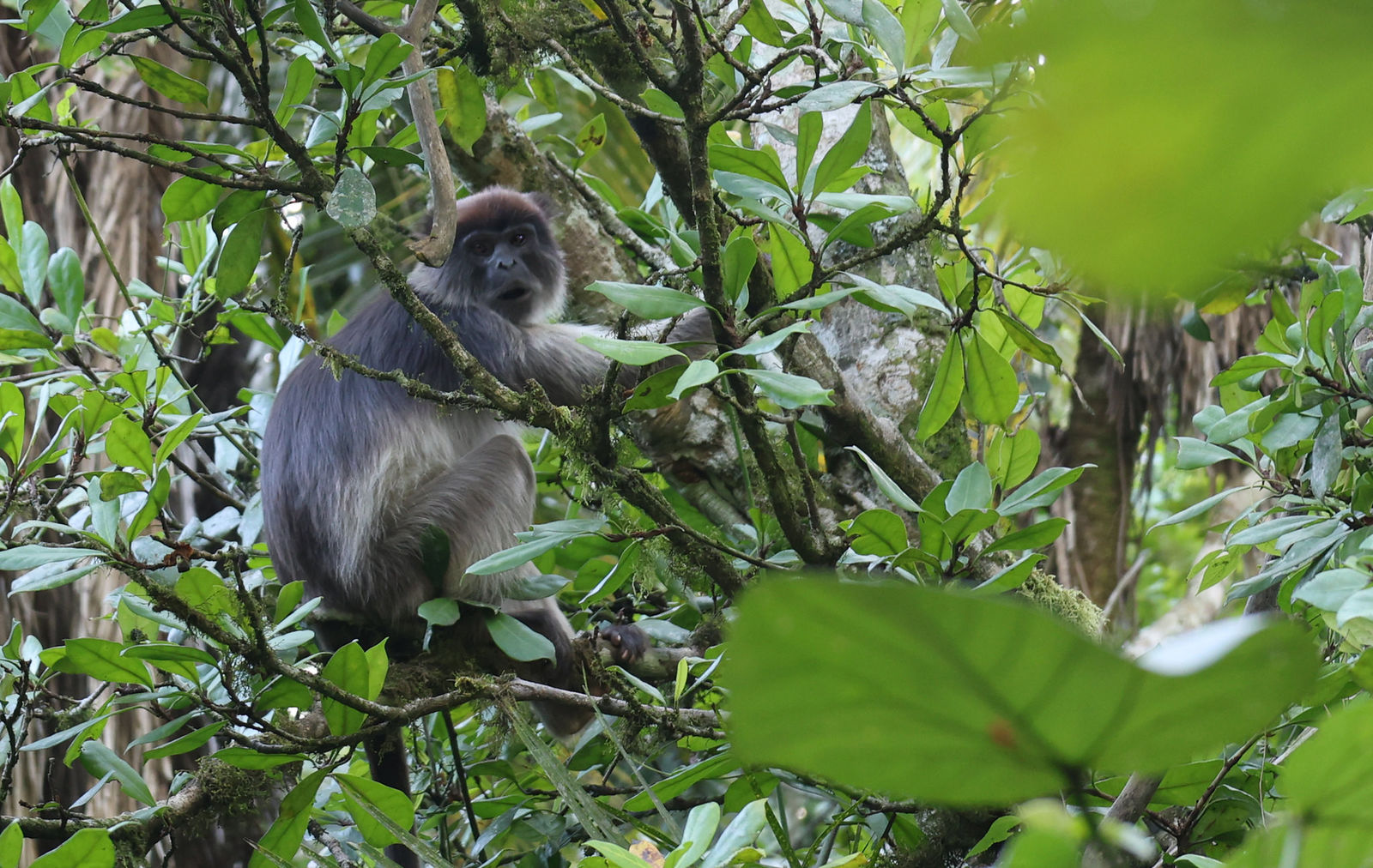
Monkeying around: An endangered Ugandan red colobus (Piliocolobus tephrosceles).
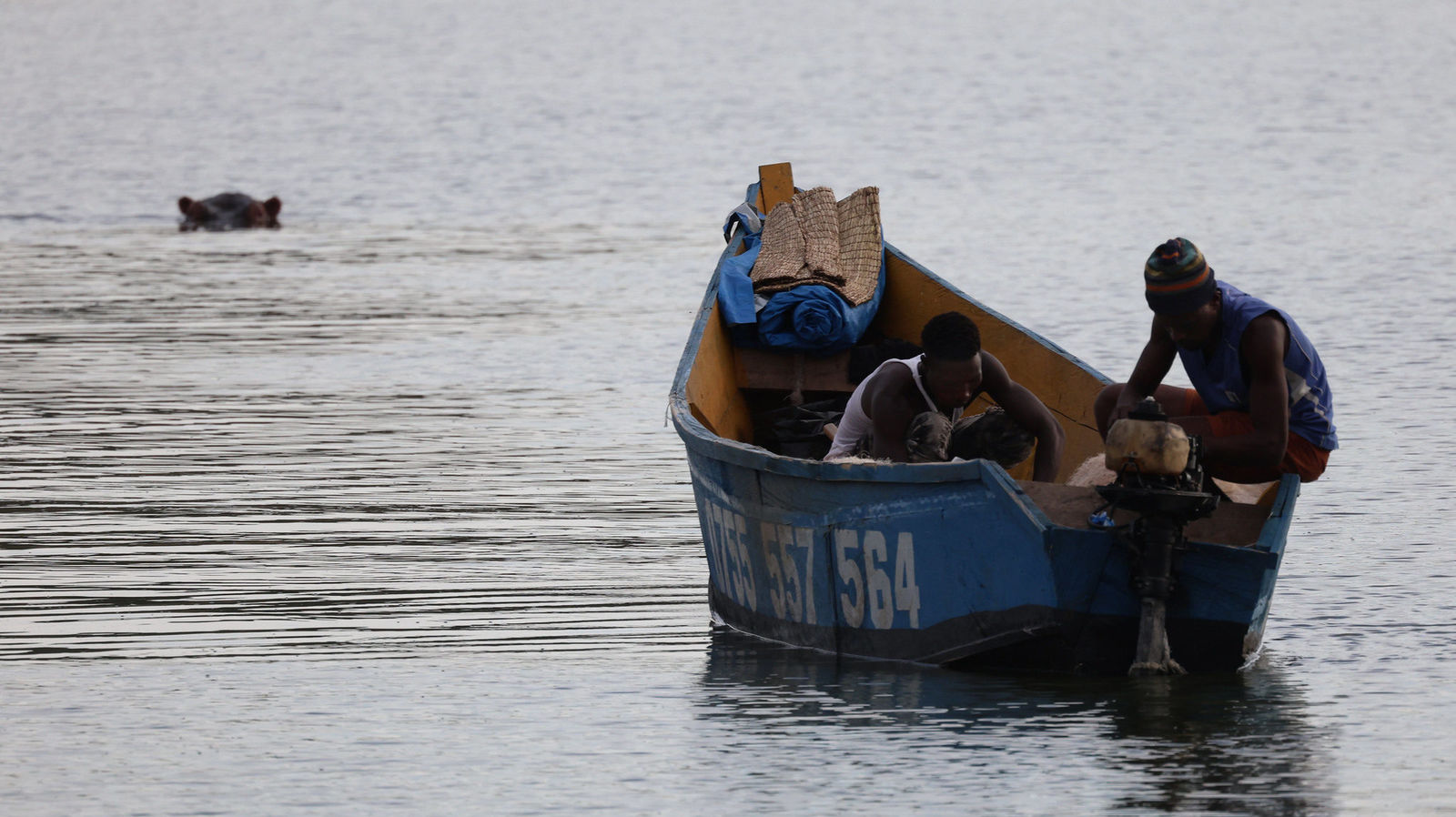
Keeping watch: A hippo keeps an eye on local fishermen in western Uganda.
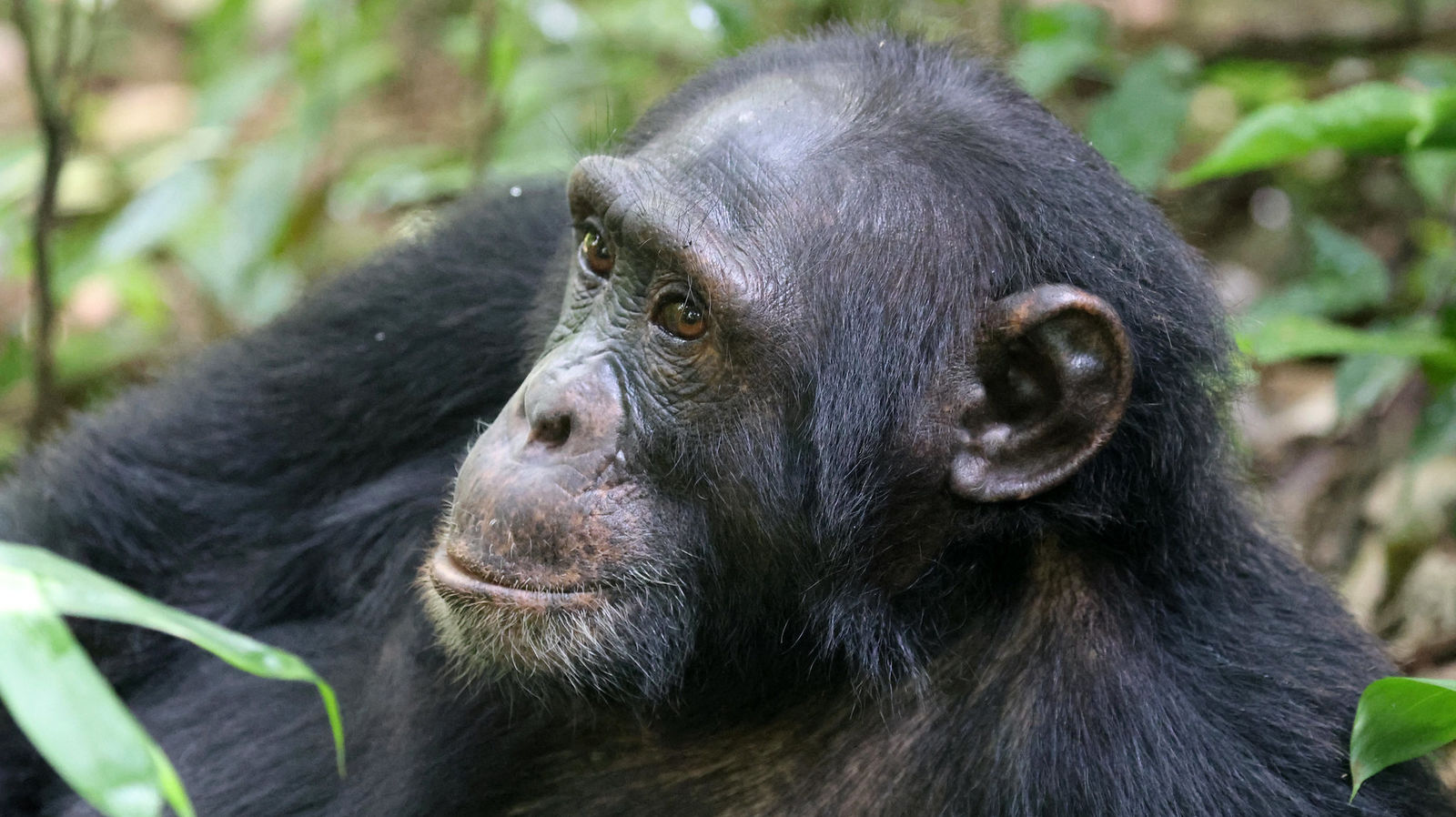
Just chillin’: A chimpanzee (Pan troglodytes) in Kibale Forest National Park takes it easy.
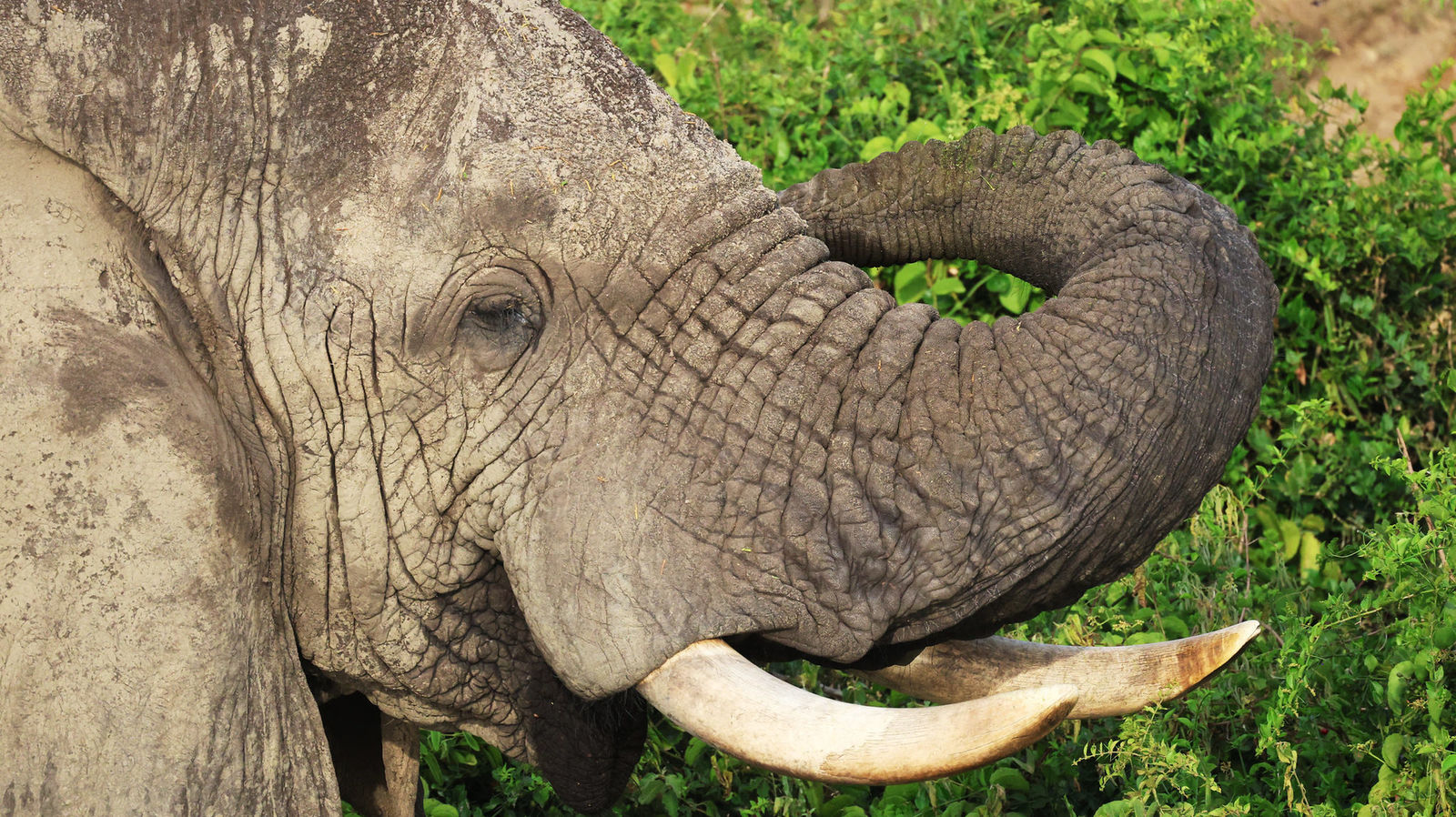
Gentle giant: An elephant browsing in the Queen Elizabeth National Park.
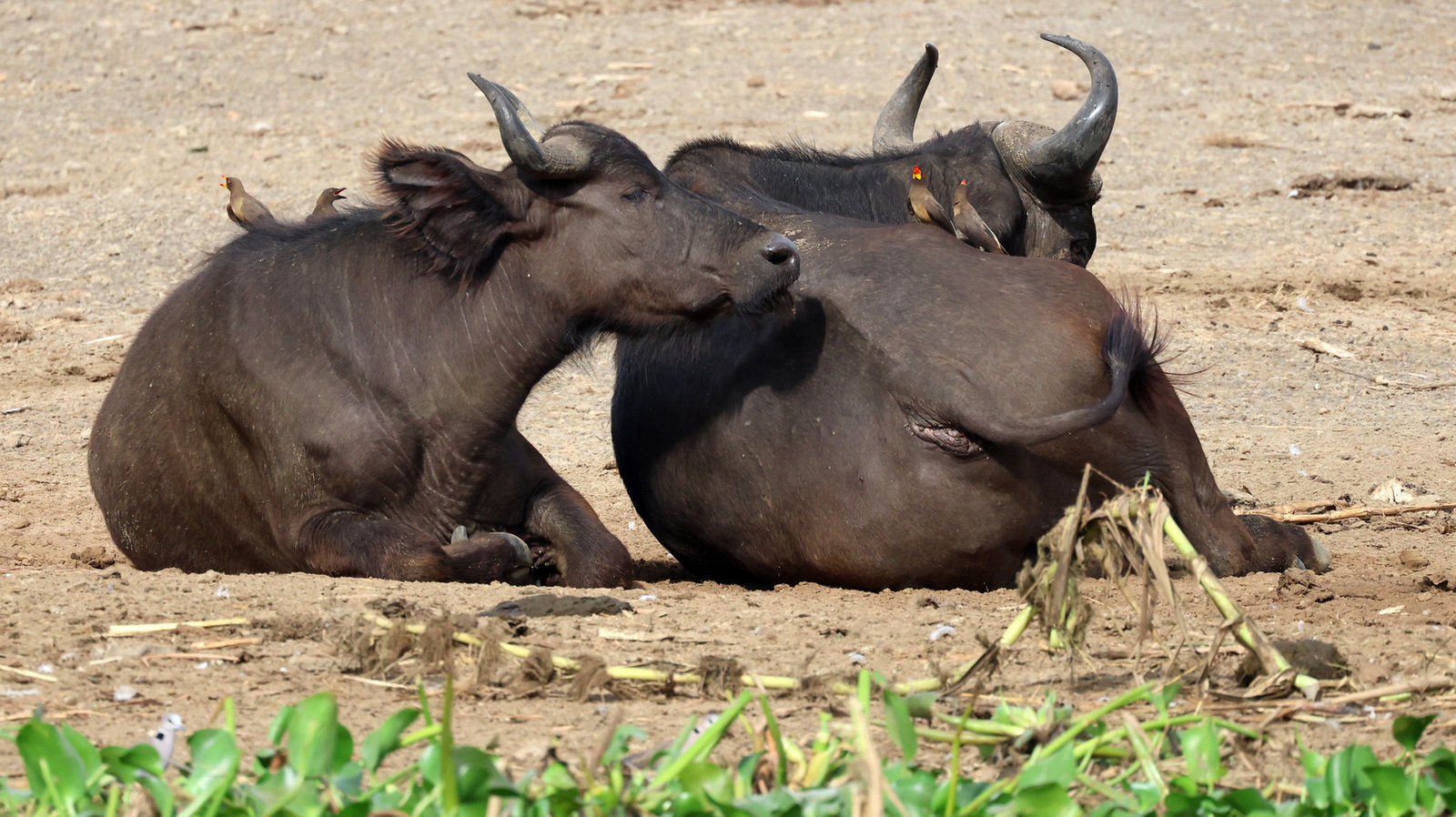
Hakuna matata: Buffaloes taking it easy on the banks of the Kazinga Channel, Uganda.
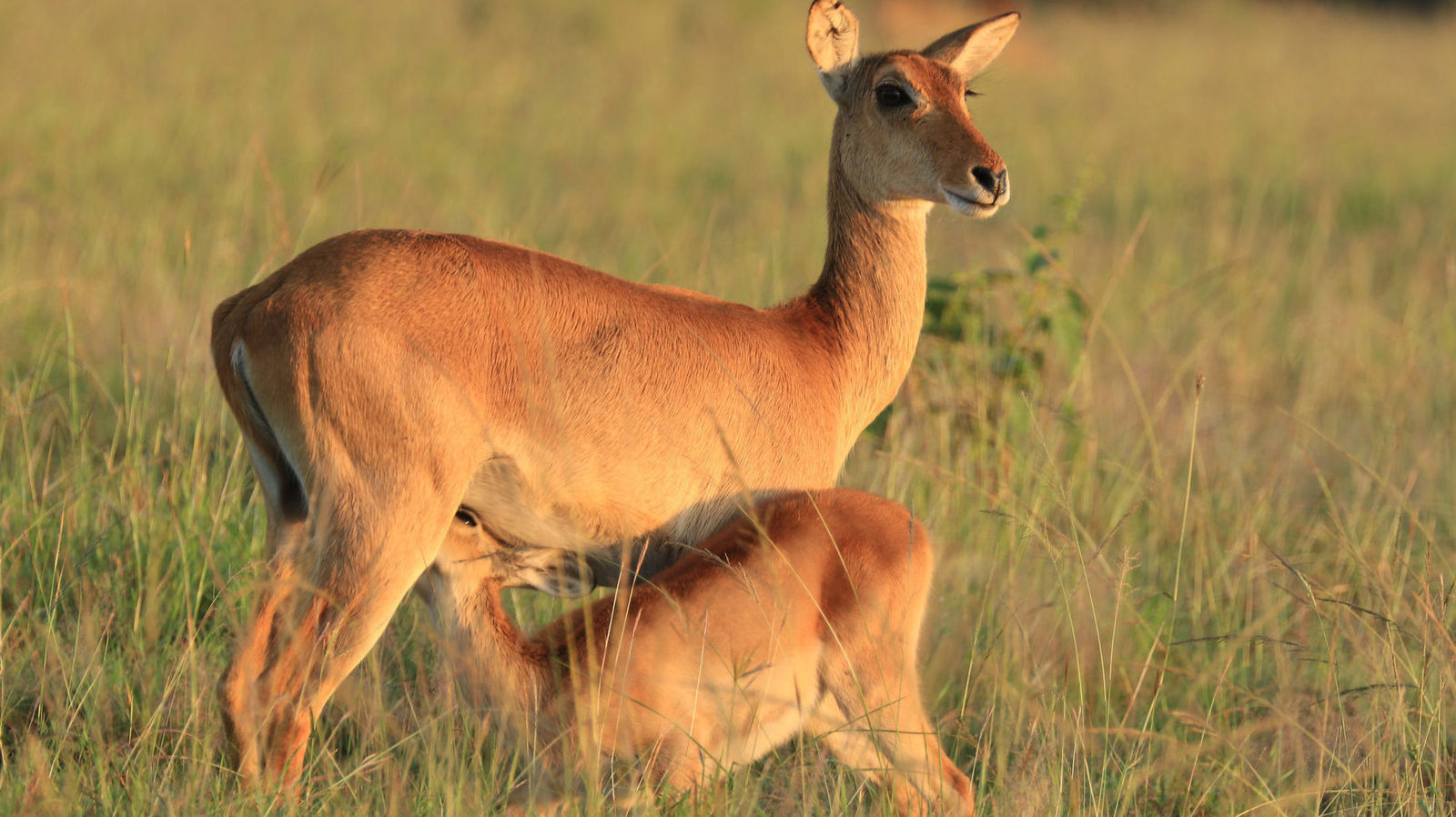
A female Ugandan kob suckles her calf in the early morning, Queen Elizabeth National Park.
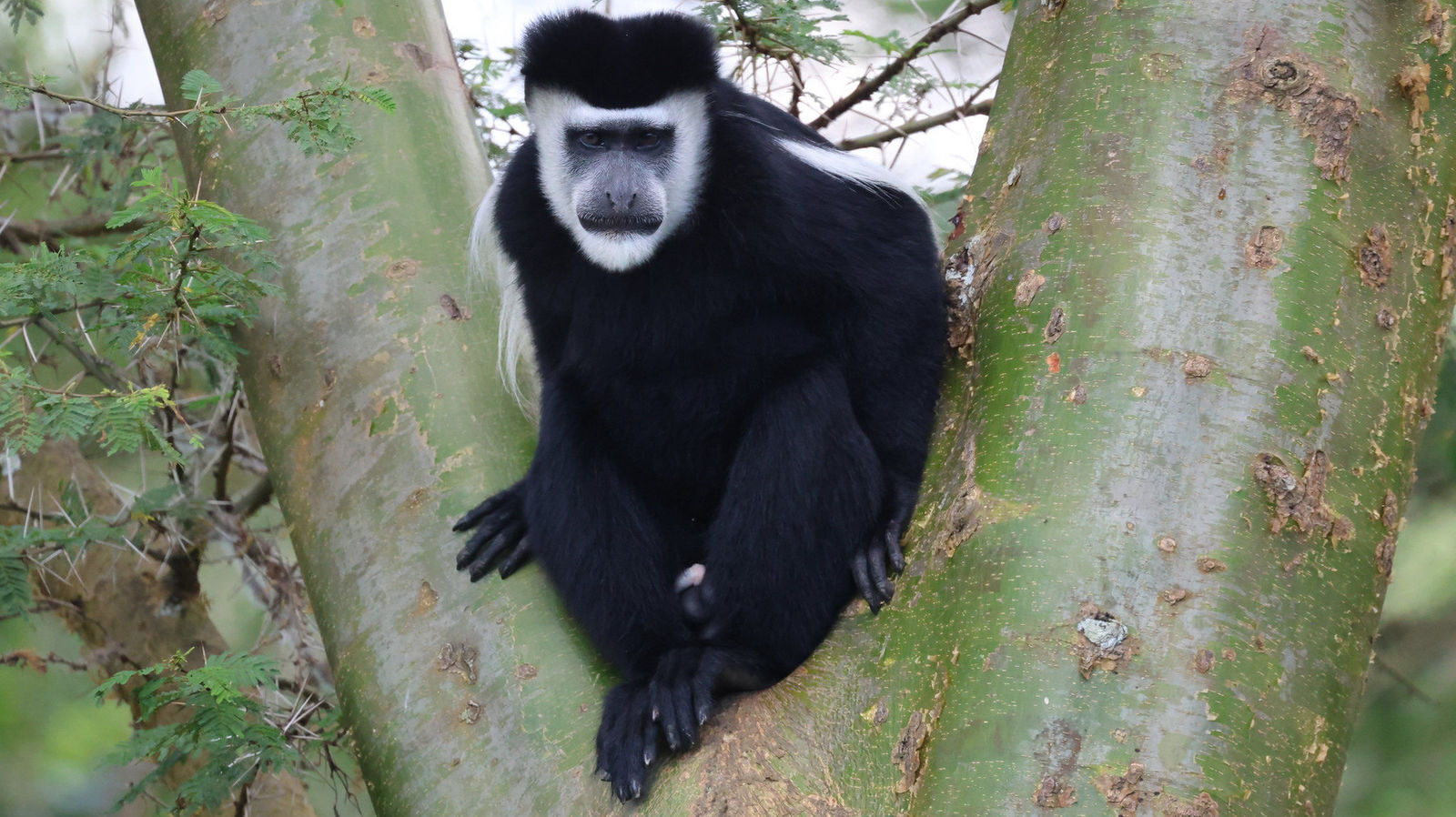
Black and white: A mantled guereza (Colobus guereza) peers inquisitively from a tree.
